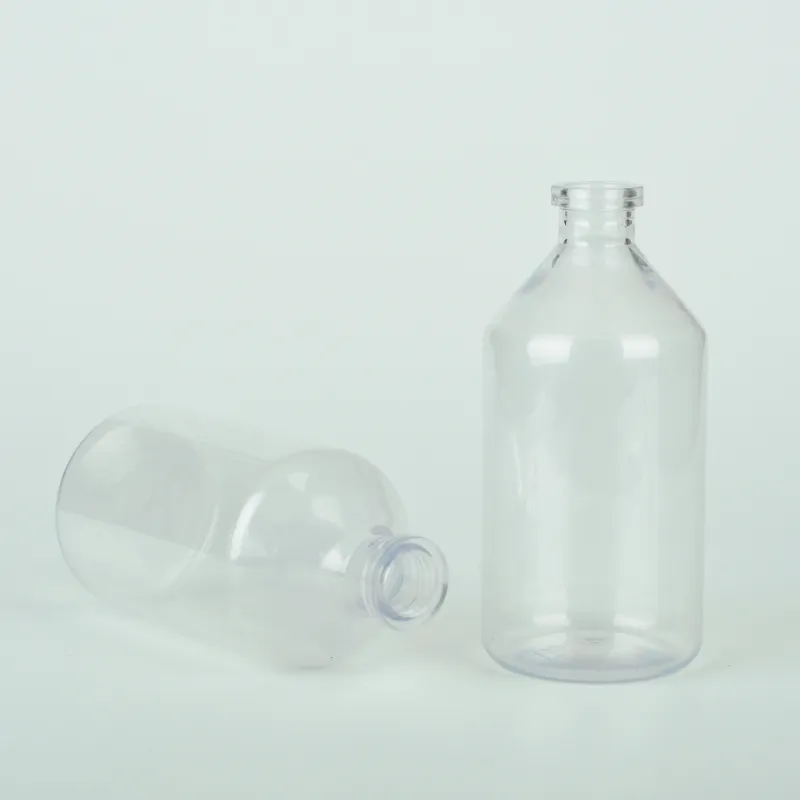typical laboratory equipment
Understanding Typical Laboratory Equipment
Laboratories are essential environments for conducting experiments, research, and analyses across various scientific disciplines. They are equipped with specialized tools and instruments that facilitate experimentation and ensure accurate results. This article will explore some of the key pieces of typical laboratory equipment, their functions, and their significance in scientific research.
1. Beakers
Beakers are one of the most fundamental pieces of laboratory equipment. Typically made from glass or plastic, beakers have a cylindrical shape with a pouring spout. They are used for mixing, heating, and holding liquids. Beakers come in various sizes, ranging from a few milliliters to several liters, allowing scientists to work with a wide range of sample volumes. The graduated markings on the side enable approximate measurements, making them convenient for preparing solutions.
2. Burettes
Burettes are essential for titration experiments, where precise measurement of liquid volumes is necessary. A burette is a long, graduated glass tube with a stopcock at its bottom, allowing for controlled liquid dispensing. They're particularly useful in chemical analyses, such as determining the concentration of a solution through titration, where the exact amount of titrant must be delivered to achieve a reaction endpoint.
3. Pipettes
Pipettes are vital tools for transferring small volumes of liquids. There are several types, including glass and plastic pipettes, as well as the more advanced micropipettes, which can dispense volumes as small as a few microliters. Their accuracy is crucial in experiments, particularly in biological and chemical analyses where precise measurements impact the outcome significantly.
4. Flasks
Laboratory flasks come in various shapes and sizes, including Erlenmeyer flasks and volumetric flasks. Erlenmeyer flasks, with their wide base and narrow neck, are ideal for mixing solutions and performing reactions without spillage. Volumetric flasks, on the other hand, are used for preparing solutions at precise volumes, as they are calibrated for accuracy. Each type of flask serves a specific purpose, contributing to the versatility of laboratory work.
5. Hot Plates and Bunsen Burners
typical laboratory equipment

Heating elements like hot plates and Bunsen burners are crucial for many laboratory processes. Hot plates provide a safe and stable source of heat for beakers and flasks, allowing for controlled heating without an open flame. Bunsen burners, with their ability to generate a hot flame, are used for sterilization, combustion, and heating reactions that require high temperatures.
6. Spectrophotometers
Spectrophotometers are sophisticated instruments that measure the amount of light absorbed or transmitted by a sample. They are essential in chemistry and biology for quantifying substances in a solution, conducting enzyme assays, or measuring concentrations. The data obtained from a spectrophotometer can provide insights into the molecular composition of a sample and is pivotal in validating experimental hypotheses.
7. Centrifuges
Centrifuges are powerful devices used for separating components of a mixture based on density. By spinning samples at high speeds, centrifuges create a strong centrifugal force, causing heavier particles to move to the bottom of the container. This is particularly useful in biological laboratories for separating cellular components, purifying proteins, and analyzing blood samples.
8. Fume Hoods
Safety is a paramount concern in any laboratory. Fume hoods provide a controlled environment that protects researchers from hazardous vapors, gases, and fumes produced during experiments. They are designed to ventilate and filter out harmful substances, ensuring a safe working atmosphere. Proper usage of fume hoods is critical in maintaining safety protocols in laboratories dealing with volatile compounds.
9. Microscopes
Microscopes are indispensable in biological and materials science laboratories. They allow scientists to visualize samples at a microscopic level, providing insights into cell structure, microbial life, and material properties. Various types of microscopes, such as light microscopes, electron microscopes, and fluorescent microscopes, cater to different research needs and levels of resolution.
Conclusion
Typical laboratory equipment plays a vital role in the advancement of scientific knowledge. Each piece of equipment, from beakers to microscopes, serves a specific function that ensures experiments are conducted accurately and safely. Understanding the purpose and proper usage of this equipment is essential for anyone involved in scientific research, whether in an academic, clinical, or industrial setting. As technology evolves, laboratory equipment continues to advance, paving the way for new discoveries and innovations in science.
-
Aesthetic Makeup Spray Bottles | Fine Mist Empty RefillableNewsAug.19,2025
-
White Plastic Veterinary Vaccine Vials | Lab Liquid BottlesNewsAug.18,2025
-
Plastic Medicine Liquid Bottle: Secure Flip Top Drug VialsNewsAug.17,2025
-
Durable 250ml Blue Plastic Vaccine Vial for Lab & Vet UseNewsAug.16,2025
-
Sterile Virus Sample Tubes: Secure & Reliable Specimen CollectionNewsAug.15,2025
-
White 250ml Plastic Vaccine Vial for Lab & Vet MedicineNewsAug.14,2025
























